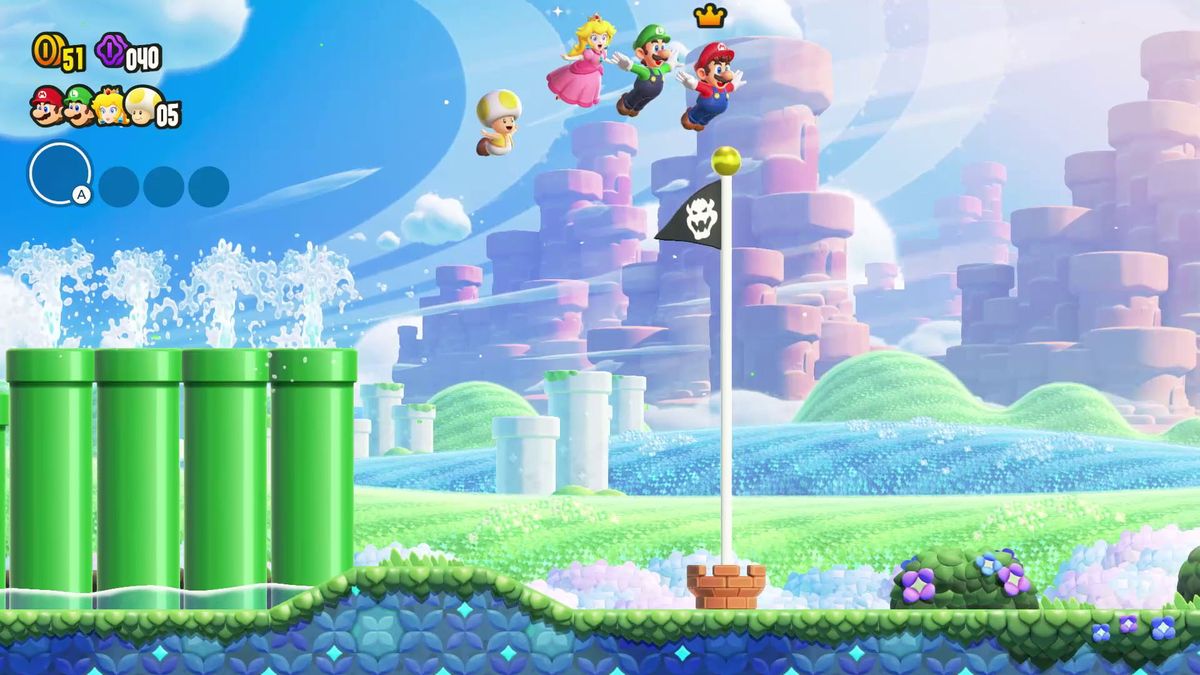
In the great universe of the game development cosmos, tools or assets constitute the key difference between a great game and just a game. Uniqueness in any development experience calls for hidden gems. We at Gameosophy.net empower developers with resources that add to the creativity and innovation of the game. Below are some hidden gems for unique game development, all featuring tools, assets, and techniques that can take your project to the next level.
Immersive environment creation is the prime feature for developing a unique game. The Fantasy Adventure Environment features a vast library of high-quality, 3D assets, including terrains, foliage, and buildings, which are essential for creating beautiful fantasy-themed games. These will serve as the ideal basis for the worlds you will build for impact.
Pixel art effects are what a developer considers when making retro games. The Pixel Art Effects bundle consists of a selection of animations and effects such as explosions, magic spells, and weather effects. This is the breathtaking charm projected in your game to give it a face value compared with other unique game developments.
Uniqueness is what everyone is after in his game experience. Modular Character Creator creates the perfect asset through which the developer can create and customize characters through interchangeable parts. The options for this asset are endless, making it one of the essential tools for unique game development.
This is a valuable and potent enabling technique for creating games full of uniqueness and diversity by procedurally generating levels/items/characters that would better serve the need to encourage the expected replayability result of which becomes entirely different each time a player plays. It works very well with genres like roguelikes and even sandbox games.
It creates a very good atmosphere of excitement within players during gameplay. Every time a player makes a choice that affects the story, it reminds him of himself as a participant in a unique, personalized experience. Branching narratives can also be implemented with little or no coding by experts in developing tools like Fungus and Ink.
Finally, but not least is the use of physics simulation. Including the aspect of physics in your game creates that added touch of realism and an unpredictable environment in your games. Dynamic environments are then created by using physics engines for interaction and responding to input player actions. This indicates that this method works very well in puzzle and simulation games since most of the challenges presented through physical representations are distinct gameplay.
It is open-source, uses a visual scripting interface, and is created specially to work with Unity. It allows one to develop games that are entirely narrative-driven, like visual novels or point-and-click adventures. Including Fungus' very simple drag-and-drop form, will help you if you learn to use code, especially for experimenting with a very different style of game development.
ProBuilder is within Unity, as a versatile level design tool. It combines 3D modeling and level design so that you can create and edit complex geometries straightforwardly, all within the Unity editor. This is the best tool for prototyping or polishing up game environments and gives a seamless workflow, creativity, and efficiency.
For a developer who wants movement of cameras that are dynamic and effective in his games, then Cinemachine is a hidden jewel. Without writing a single line of code, you can build very sophisticated camera systems using this Unity tool. The interface of Cinemachine and its powerful features draw a very easy way to create cinematic experiences that are part of the overall gameplay.
Hidden treasures in game development unleash new levels of creativity and innovation. The developers should utilize the armory of tools and resources for unique game development at Gameosophy.net. Creativity can be unleashed further through not-so-common tools, high-quality assets, and innovative techniques.